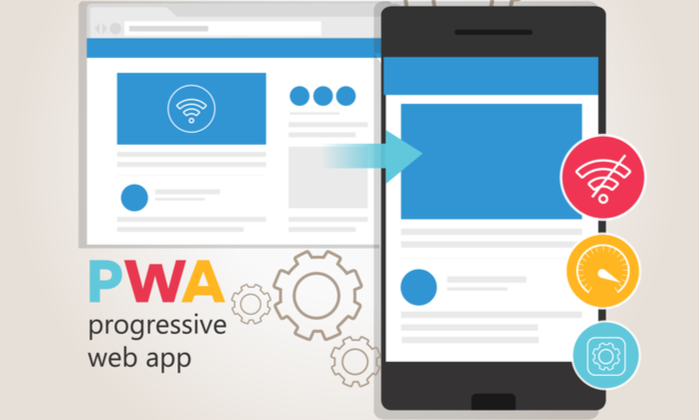Unlocking the difference between Android versus iOS apps is unlocking new marketing opportunities
By Ben Holding
Brand advertisers are increasingly adopting a new imperative — they’re identifying the different ways they can approach Android and iOS apps when planning their advertising campaigns.
While there are some common apps that appear across both types of devices, there are many that are distinct to one or the other, in terms of both offerings and what the operating systems allow marketers to do with them.
If advertisers fail to take this into consideration, the results are missed impressions and customers never reached. However, for those working to game the nuances between Android and iOS offerings, the chance to unlock new marketing opportunities is expanding with a focus on targeting, app usage and partnerships to help bring campaigns across both systems together.
Targeting differs across system-exclusive apps and groupings
The differences in apps between Android and iOS are at least twofold. While there are iOS-exclusive apps to which Android users do not have access, there are, overall, many more apps available on Android than iOS.
How are advertisers deciding which apps on which system they should address in their campaigns? To start, experts advise, focus on the outcomes and not the operating systems’ offerings.
“It depends on what and who you are trying to target and what your budget is,” said Ben Abt, senior vice president, group media director at MediaHub Global. “I would recommend working across both iOS and Android and not letting the difference in the number of available apps be a limitation in any way at the beginning.”
Building on that initial tip, targeting one specific app is not recommended.
“If you’re using SDK-based ad networks for app installs, for example, they generally have an agreement with the vendors that you can’t target an individual app,” said Abt. “And doing so unnecessarily limits the number of impressions possible. Target a group of apps instead.”
And so, targeting groups of apps is the way to go, such as financial apps, which would include those related to cryptocurrencies.
And when doing so, certain groups contain different apps between Android and iOS. One example is the mobile gaming group, in which 62% of Android users are playing mobile games exclusive to that OS, while 66% of iOS users do the same. There are differences between audiences in those two exclusive groupings, and advertisers can craft campaigns to incorporate those differences in their messaging.
From iOS to Android, different privacy tools and regs impact campaigns
One major difference between iOS and Android lies in the ways privacy tools and regulations are implemented.
In particular, Apple’s iOS 14 and iOS 15 updates have allowed users to be more in control of what information is being tracked in a specific way — it starts with a no-tracking default, and then the user has to opt-in via prompt to allow individual apps to gather data. Meanwhile, Android device IDs are still turned on by default, like iOS was pre-14.5, making device-level targeting and attribution much more transparent for advertisers.
“Google is taking an opt-out approach, while Apple is …read more
Source:: Digiday





